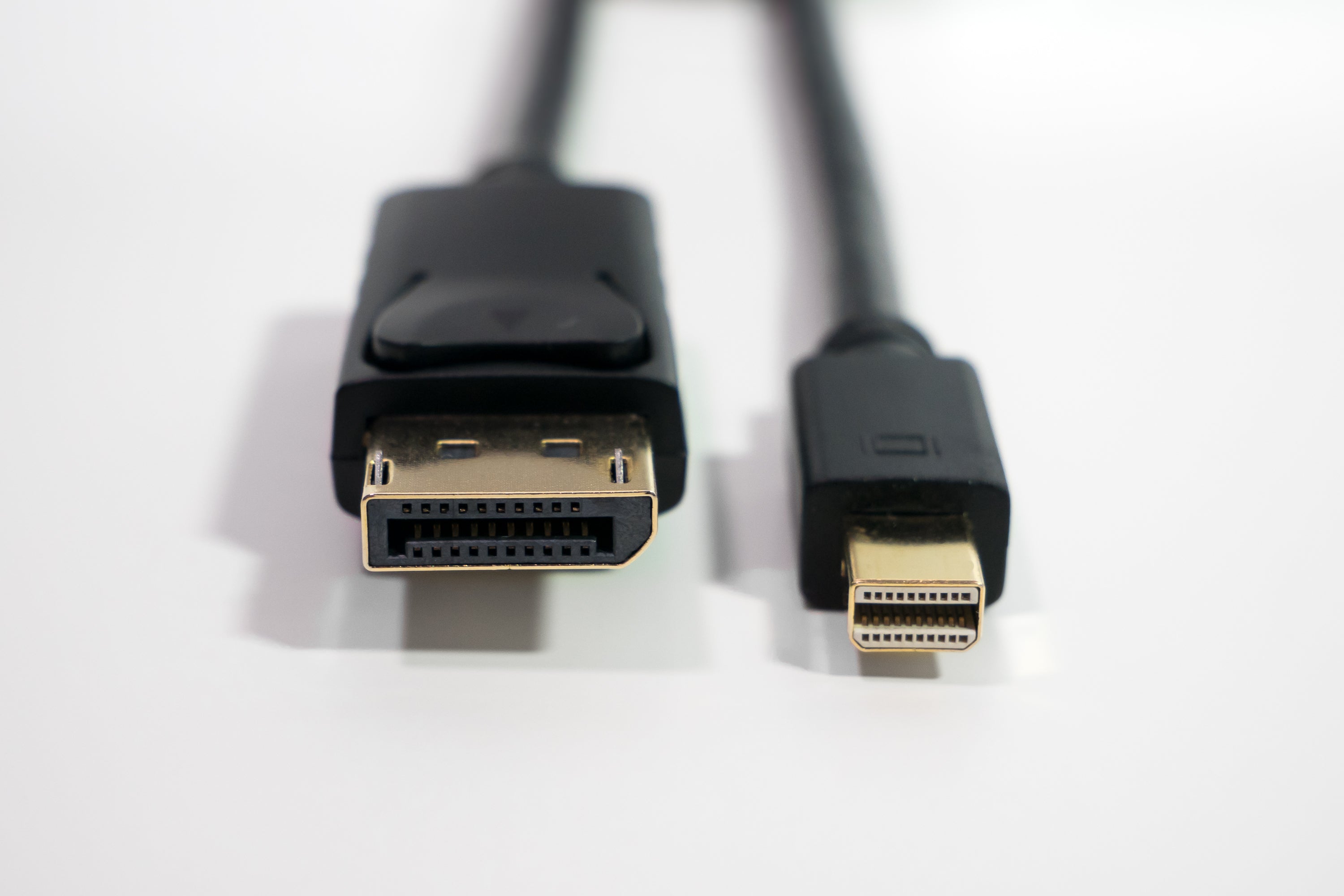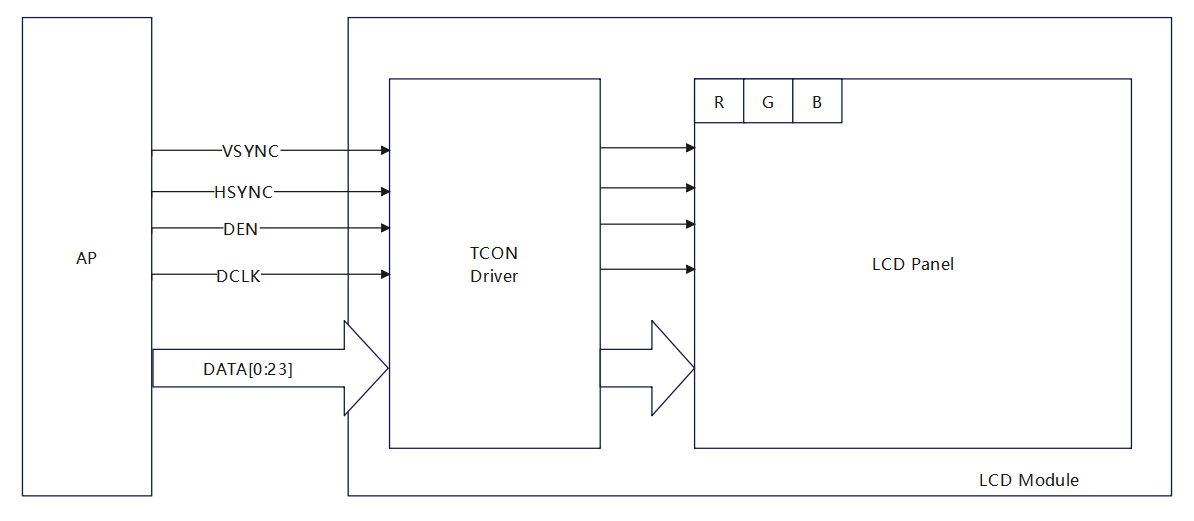RGB is a color standard in the industry, which is used to obtain a variety of colors by changing the three color channels red (R), green (G) and blue (B) and superimposing them on each other. RGB represents the color channels red, green and blue, and this standard includes almost all colors perceived by human vision. It is one of the most widely used color systems.
Type of RGB Interface
Parallel RGB

| Signal | Description |
| VSYNC | frame synchronizing signal |
| HSYNC | horizontal synchronizing signal |
| DEN | Data enable signal |
| DCLK | Data clock signal |
| DATA[0:23] | Data signal |
Serial RGB

| Signal | Description |
| VSYNC | frame synchronizing signal |
| HSYNC | horizontal synchronizing signal |
| IIC/SPI | Parameter configuration signal |
| DCLK | Data clock signal |
| DATA[0:23] | Data signal |
Characteristic
- The interface is generally 3.3V level
- Need synchronization signal
- Need to refresh the image data from time to time
- Appropriate timing needs to be configured
-
Resolution
-
Serial RGB
- 800*480
- Clock Frequency : 83 MHz
-
Parallel RGB
- 1920*1080
- Clock Frequency : 149 MHz
-
Serial RGB
Read more

Mini DisplayPort (mDP) isn’t identical to standard DisplayPort but shares the same protocol. mDP uses a compact 7.4x4.5mm connector (vs. DP’s 16mm width) yet supports equal bandwidth—up to 80Gbps v...

AMOLED, or Active-Matrix Organic Light-Emitting Diode, is a display technology that has become increasingly popular in modern electronic devices such as smartphones, tablets, and smartwatches. The...



Leave a comment
This site is protected by hCaptcha and the hCaptcha Privacy Policy and Terms of Service apply.